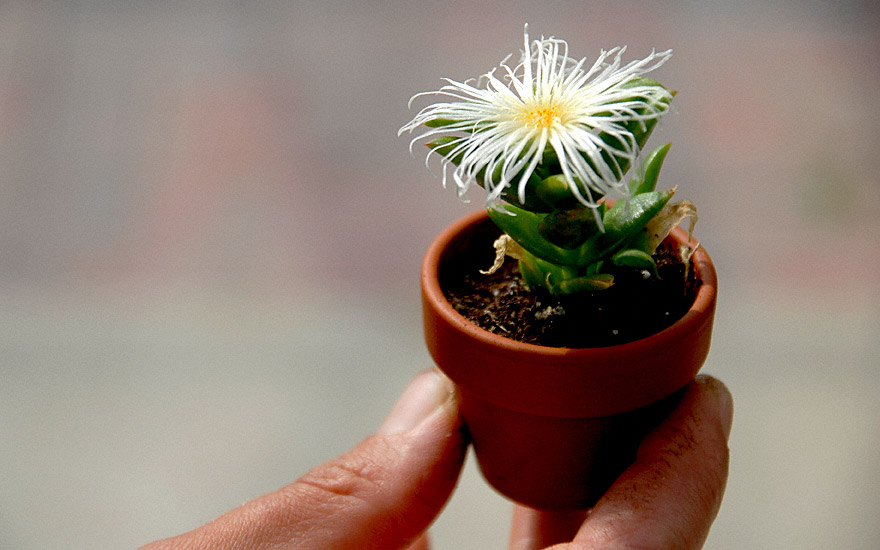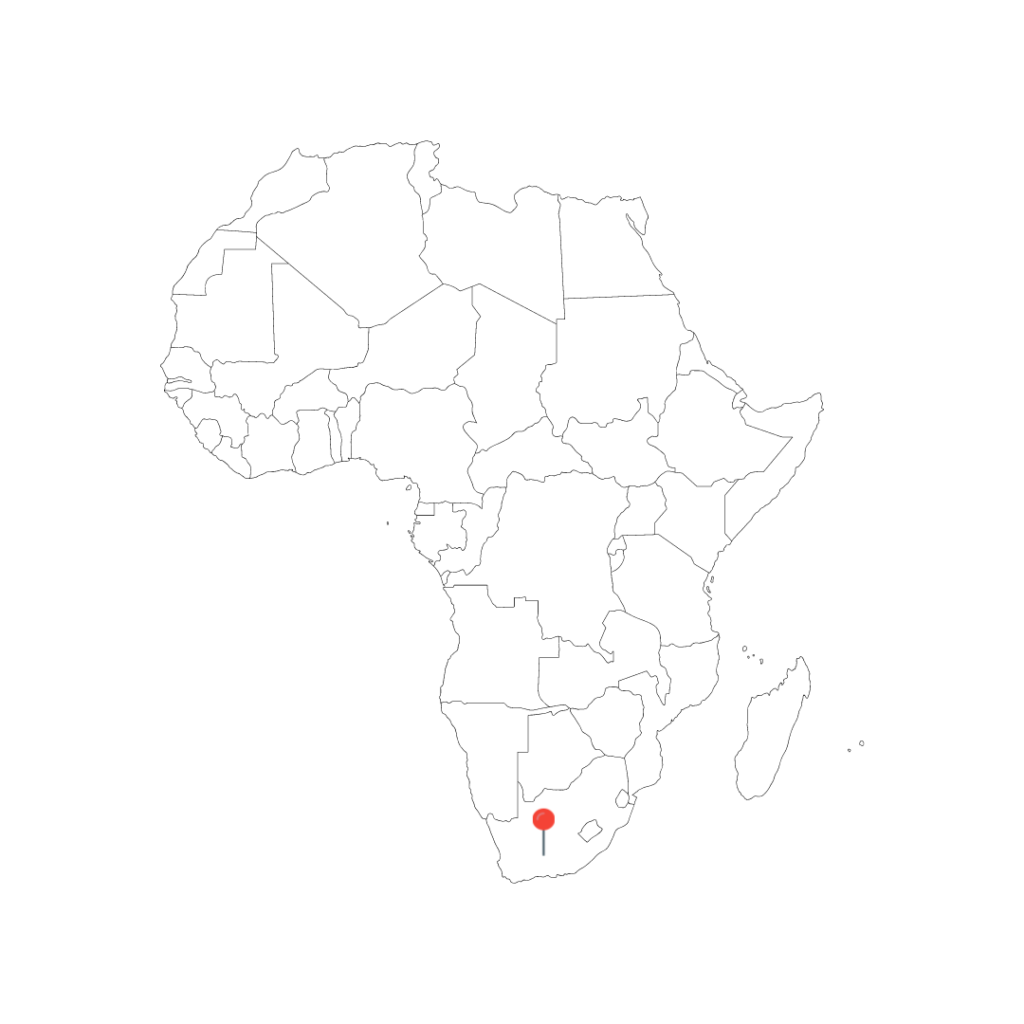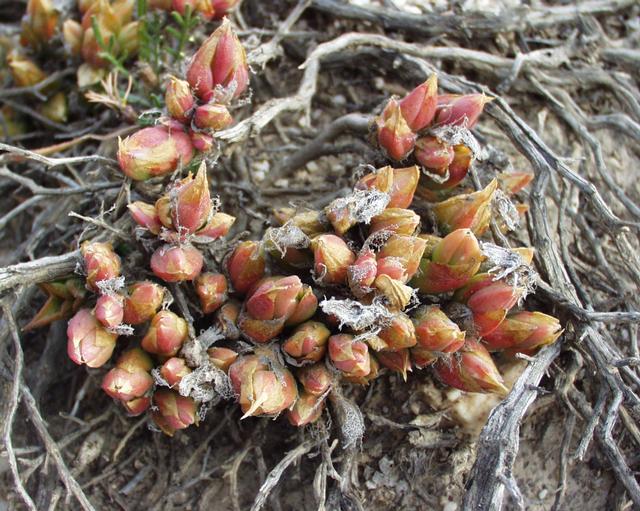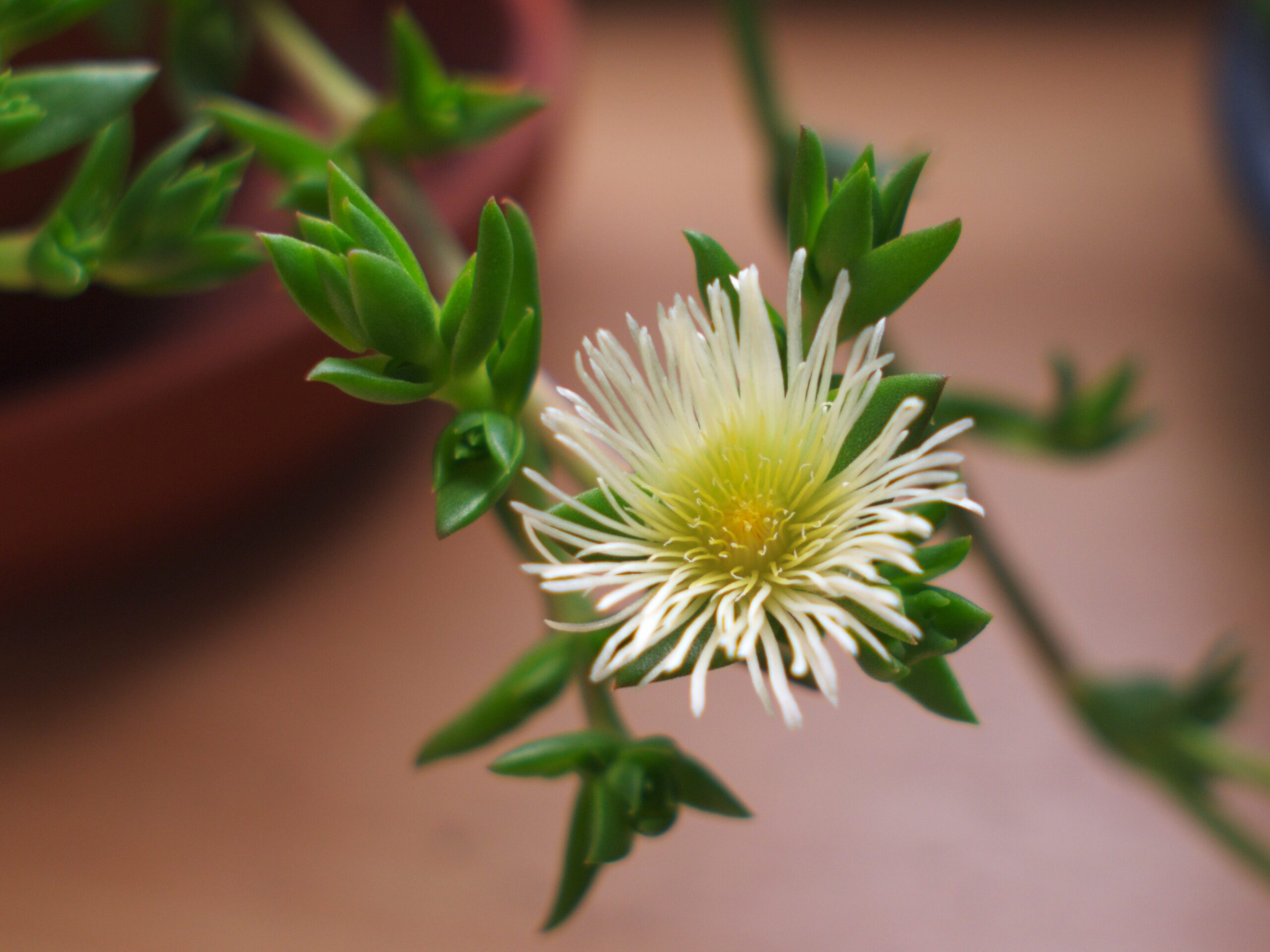
SCELETIUM | KANNA | KOUGOED
Sceletium is a plant native to South Africa that has been used for centuries by indigenous peoples for its medicinal properties. The plant contains a variety of alkaloids, including mesembrine, which have been shown to have a range of health benefits.
The name “Sceletium” comes from the Latin word “sceletus,” which means “skeleton,” referring to the plant’s prominent leaf veins that remain as the skeleton-like structure of the dried leaves. The word “tortuosum” in the plant’s scientific name means “twisted” or “tortuous.”
The name “Sceletium” comes from the Latin word “sceletus,” which means “skeleton,” referring to the plant’s prominent leaf veins that remain as the skeleton-like structure of the dried leaves. The word “tortuosum” in the plant’s scientific name means “twisted” or “tortuous.”
Sceletium Tortuosum
Commonly referred to as Kanna, channa, or Kougoed, which means ‘chewable things’ or ‘something to chew’ in Afrikaans, and is prepared from fermenting the plant. There are eight other species closely related to M. Tortuosum that are also classified under the genus Sceletium.
Origin: Kannaland
Mesembryanthemum tortuosum, also known as Sceletium tortuosum, is a succulent plant that belongs to the Aizoaceae family and is indigenous to the Cape Provinces of South Africa.


Sceletium Usage
Sceletium has been used for medicinal purposes by indigenous peoples for centuries.
The aerial parts of the plant are commonly chewed or taken as tea or tincture, and occasionally smoked. The plant is chewed for relief from abdominal pain, toothache, and hunger, and fresh juice from the plant is given to induce sleep in young children.
It is currently used commercially to treat various central nervous system-related disorders, including stress, depression, and anxiety. As such, it has been of specific scientific interest due to its potential in treating neurodegenerative diseases and neurological disorders.
The aerial parts of the plant are commonly chewed or taken as tea or tincture, and occasionally smoked. The plant is chewed for relief from abdominal pain, toothache, and hunger, and fresh juice from the plant is given to induce sleep in young children.
It is currently used commercially to treat various central nervous system-related disorders, including stress, depression, and anxiety. As such, it has been of specific scientific interest due to its potential in treating neurodegenerative diseases and neurological disorders.
Sceletium: Holistic Health
Our research focuses on the commercialization of the plant for its potential in treating anxiety, depression, psychological and psychiatric disorders, promoting overall wellbeing.
Raw Sceletium is now available in both fermented and unfermented forms, as a dry milled powder, in tea and smoking cuts, and as the whole dried herb. It can also be found in capsules, tablets, and tea bags, and is extracted in alcohol to make tinctures. Additionally, a concentrated paste produced from fermented fresh herb that has not been dried is available.
Science behind kanna
Mesembrine and Mesembrenone are considered to be the primary alkaloids found in this plant. Mesembrine has been confirmed to be a potent serotonin reuptake inhibitor (SRI) in vitro, and Mesembrenone is a dual SRI and PDE4 inhibitor.
The crude plant contains a variable range of alkaloids by weight, typically between 0.05-2.3%.
The crude plant contains a variable range of alkaloids by weight, typically between 0.05-2.3%.
The name “Sceletium” comes from the Latin word “sceletus,” which means “skeleton,” referring to the plant’s prominent leaf veins that remain as the skeleton-like structure of the dried leaves. The word “tortuosum” in the plant’s scientific name means “twisted” or “tortuous.”
Physical Characteristics
The plant has slender branches that become slightly woody with age, and it can either climb or creep. Its leaves have recurved tips, with 3 to 5 major veins containing conspicuous water cells.
The flowers are medium-sized (20 to 30 mm in diameter), almost sessile, and the petals can be white, pale yellow, pale salmon, or pale pink. The fruit is 10 to 15 mm in diameter and opens when wet. The genus contains 8 species and is typically found in weedy areas.
The genus is easily recognized by the persistent dry leaves that become skeletonized, protecting young leaves during dry periods. Its Afrikaans name, “kougoed,” means “something to chew.”
The flowers are medium-sized (20 to 30 mm in diameter), almost sessile, and the petals can be white, pale yellow, pale salmon, or pale pink. The fruit is 10 to 15 mm in diameter and opens when wet. The genus contains 8 species and is typically found in weedy areas.
The genus is easily recognized by the persistent dry leaves that become skeletonized, protecting young leaves during dry periods. Its Afrikaans name, “kougoed,” means “something to chew.”






